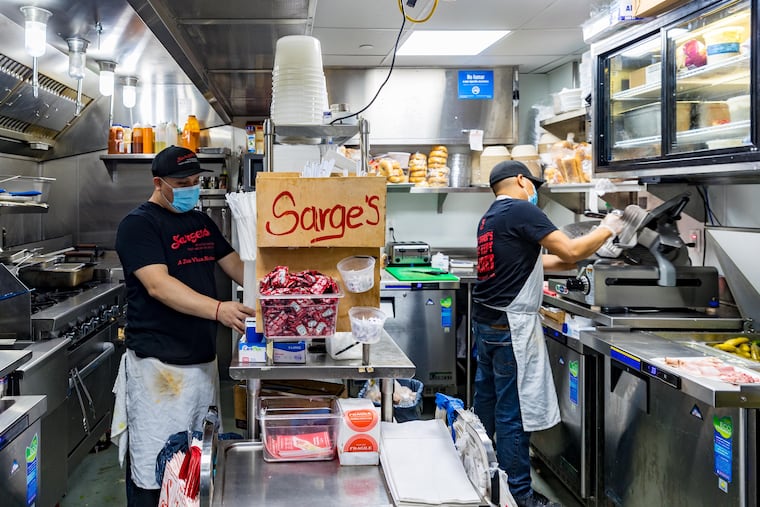A pandemic surge in food delivery has made ghost kitchens and virtual eateries one of the only growth areas in the restaurant industry
Ghost kitchens are those without dining rooms, designed just for delivery, and most never becoming a bricks-and-mortar destination for diners. They could be big winners amid the pandemic.
